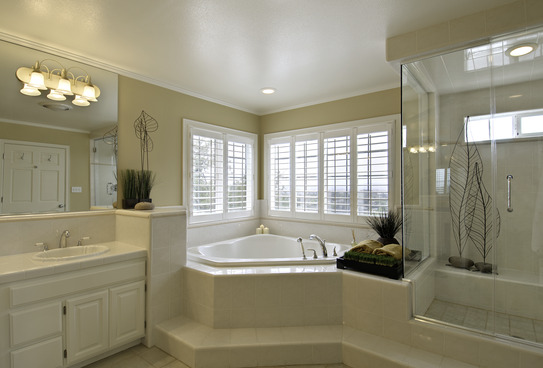Are you ready for a long, cold winter? While Colorado has its share of warm sunny days, those cold, below zero days can leave you chilled to the bone. Which explains why one of the fastest growing trends in new home construction is radiant heating. Even in many remodels, radiant heating is growing in popularity, and with good reason. Its an efficient way of heating room space, and requires a lower temperature to do so.
Typically there are three different radiant heating systems: electric, hydronic and air heated.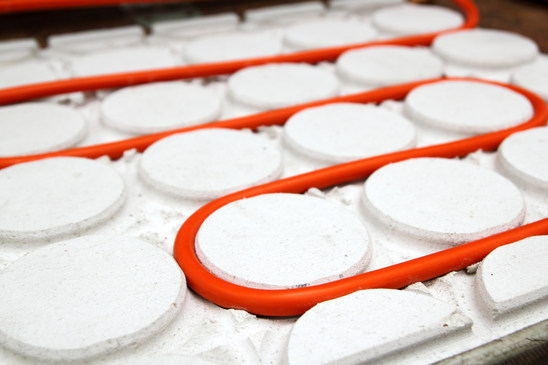
Electric is the best choice for after construction additions. It comprises of rolled cables attached and embedded in a mat constructed of resilient, heat conductive materials. It can be embedded in concrete during construction, installed under the subflooring, or even directly under the flooring itself, depending on the type.
Hydronic is embedded into the concrete flooring, making it a good choice during new construction, not so good in existing homes. Air heated is a system in which air is heated and pumped through pipes embedded in the floor. Yet because air cannot retain a great deal of heat, it isn’t effective to keep a room heated.
Once radiant heat is installed, its time to choose the best flooring.
By far, stone will provide you with the best results. Porcelain, ceramic and stone tile are all excellent heat conductors, do not expand or contract with heat, and will not warp or crack under pressure. Tile will stay warm to keep your feet warm as you sit or stand in the area, and will allow the heat to gently rise and fill the room with natural heat.
If you prefer carpeting, certain types of carpet can be installed over radiant heat. To be most effective, choose a thinner carpet with low pile – berber carpet, for example can allow the heat to come through.
Laminates can be used with caution. Make sure you talk with your flooring consultant to choose the right materials for the job. The underlying floor structure must be clean and dry to minimize changes do to heat and moisture to avoid warping and cracking. Its also good to consider the method of installation, as certain types of adhesives don’t mix with the radiant heat installation process.
Hardwoods have a natural tendency to react to both heat and moisture, so installation over radiant heating is difficult at best. Its best in a dry climate with little room variants – avoid places like the basement where severe changes are likely.
If radiant heat is in your future, keep in mind that there are many options available to you. Start by talking with your flooring contractor about the process, and determine which choice will be best for your situation.

For all of your Denver Hardwood Flooring needs visit our site today.
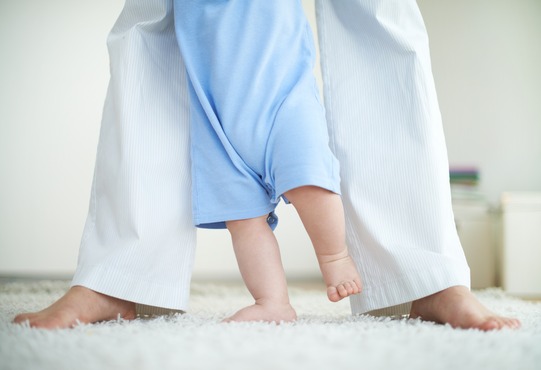
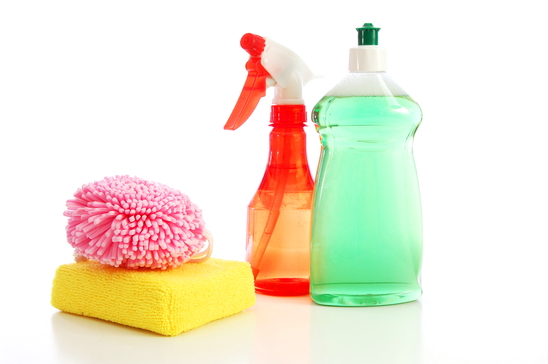
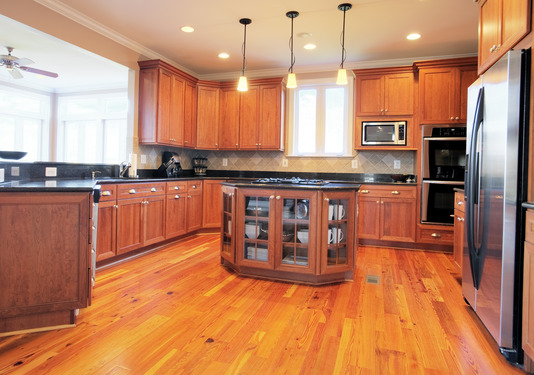
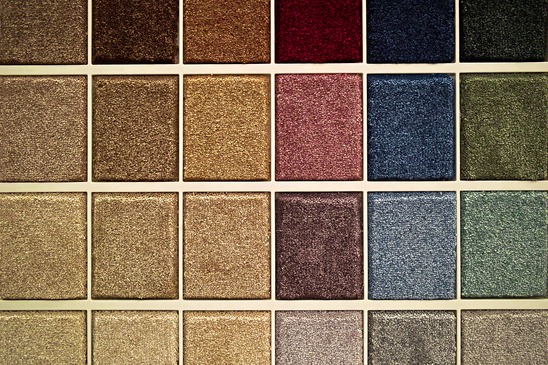
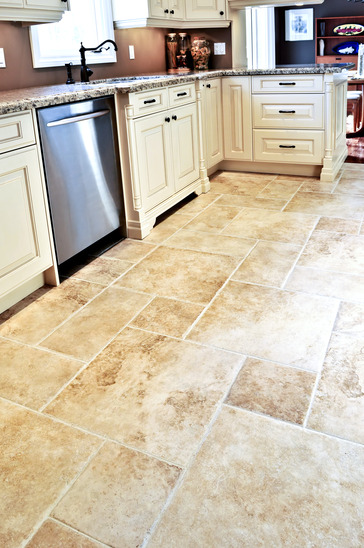 underlying problem, your repair may be temporary and easily crack again, only in some cases much worse.
underlying problem, your repair may be temporary and easily crack again, only in some cases much worse.
